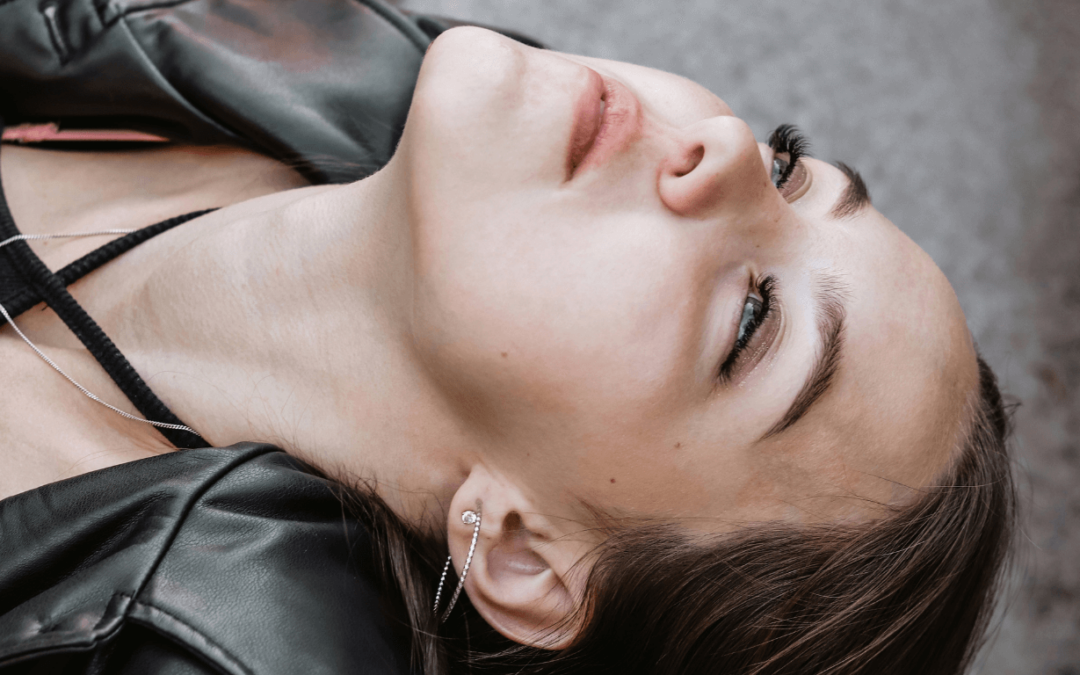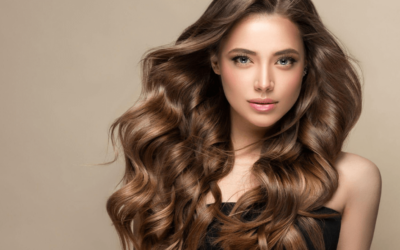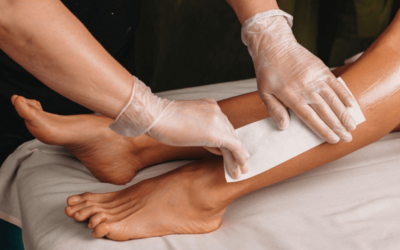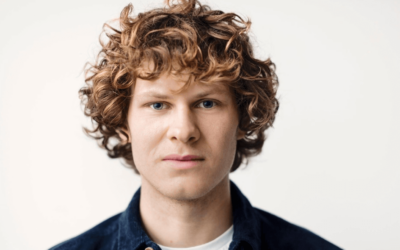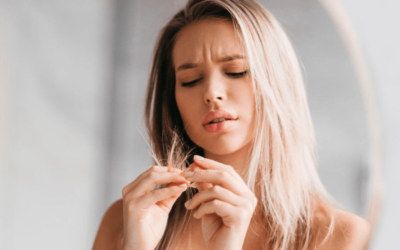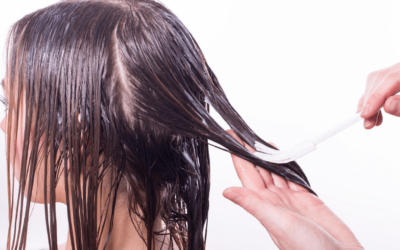Are you tired of dealing with unwanted chin hair? Don’t worry, you’re not alone. Many people, especially women, struggle with this common issue.
In this comprehensive guide, we’ll explore various methods and techniques for effective chin hair removal.
From traditional approaches to modern innovations, we’ll cover everything you need to know to achieve smooth, hair-free skin. So, say goodbye to pesky chin hair and regain your confidence!
Understanding Chin Hair
Chin hair, also known as hirsutism, refers to the growth of coarse, dark hair on the chin area. While it is more commonly associated with men, many women also experience unwanted chin hair.
It can be caused by various factors, including hormonal imbalances, genetics, medications, and underlying medical conditions.
Understanding the nature of chin hair can help you choose the most effective method for its removal.
Causes of Chin Hair Growth
Excessive chin hair growth can be attributed to several causes. Hormonal imbalances, such as polycystic ovary syndrome (PCOS), can lead to the overproduction of androgens, resulting in unwanted hair growth.
Genetics also play a role, as some individuals are naturally predisposed to develop more facial hair. Additionally, certain medications, such as those containing testosterone or steroids, can stimulate chin hair growth.
It’s essential to identify the underlying cause to determine the best approach for chin hair removal.
Traditional Methods of Chin Hair Removal
a. Shaving
Shaving is a quick and affordable method for chin hair removal. While it provides instant results, the hair may grow back quickly and feel coarser.
Use a sharp razor and a shaving cream or gel to minimize irritation. Shaving is a suitable option for those looking for a temporary solution or who prefer to maintain regular grooming.
b. Tweezing
Tweezing involves using a pair of tweezers to pluck individual hairs from the root. It is a precise method that allows for targeted hair removal.
However, tweezing can be time-consuming, especially for larger areas. It’s recommended for removing stray chin hairs rather than treating larger patches of hair.
c. Waxing
Waxing is a popular method for chin hair removal. It involves applying hot or cold wax to the skin, allowing it to harden, and then swiftly removing it, taking the hair with it.
Waxing provides longer-lasting results compared to shaving or tweezing as it removes hair from the root. However, it may cause temporary redness or discomfort.
Modern Techniques for Chin Hair Removal
a. Laser Hair Removal
Laser hair removal is a popular long-term solution for chin hair. It uses laser technology to target and destroy the hair follicles, preventing further growth.
The procedure is performed by a trained professional and typically requires multiple sessions for optimal results.
Laser hair removal offers lasting effects and is suitable for individuals seeking a more permanent solution.
b. Electrolysis
Electrolysis is another effective method for permanent chin hair removal. It involves inserting a fine probe into each hair follicle and delivering a small electrical current to destroy the hair root.
Electrolysis can be time-consuming as each hair must be treated individually. However, it offers reliable and permanent results.
c. Depilatory Creams
Depilatory creams contain chemical compounds that dissolve the hair at the surface of the skin. These creams are applied to the chin area and left for a specific duration before being wiped away, taking the dissolved hair with them.
Depilatory creams provide quick results and are relatively painless. However, they may cause skin sensitivity or allergies in some individuals.
d. Threading
Threading is a traditional hair removal technique that originated in the Middle East and South Asia. It involves using a twisted thread to trap and remove hair from the root.
Threading offers precise results and is suitable for small areas like the chin. Many salons offer professional threading services, or you can learn the technique for personal use.
Natural Remedies to Reduce Chin Hair
If you prefer a more natural approach to chin hair removal, several remedies can help reduce hair growth over time.
These remedies work by inhibiting hair growth or lightening the hair color, making it less noticeable. While they may not provide immediate results, consistent use can yield gradual improvements.
a. Turmeric and Milk Paste
Create a paste by mixing turmeric powder with milk. Apply the paste to the chin area and leave it for 20-30 minutes before rinsing. Turmeric has natural hair growth inhibiting properties and is used in many traditional beauty treatments.
b. Spearmint Tea
Drinking spearmint tea regularly has been shown to reduce androgen levels, which can help decrease unwanted hair growth. Enjoy a cup of spearmint tea daily to benefit from its anti-androgenic properties.
c. Sugar and Lemon Scrub
Mix equal parts of sugar and lemon juice to create a scrub. Gently massage it onto the chin area in circular motions for a few minutes, then rinse off.
Lemon juice acts as a natural bleach, while sugar exfoliates the skin, helping to lighten and remove dead skin cells.
d. Papaya and Turmeric Mask
Blend ripe papaya with a pinch of turmeric to create a smooth paste. Apply the mask to the chin area and leave it for 15-20 minutes before rinsing. Papaya contains an enzyme called papain, which can help inhibit hair growth.
Professional Chin Hair Removal
If you’re seeking professional assistance for chin hair removal, visiting a dermatologist or a certified esthetician is a wise choice.
They can assess your specific needs, discuss your options, and recommend the most suitable treatment for you.
Professional services offer expertise, advanced techniques, and personalized care to achieve optimal results.
a. Visiting a Dermatologist
A dermatologist specializes in skin health and can provide medical advice and treatments for chin hair removal.
They can evaluate any underlying conditions contributing to hair growth and suggest appropriate medical interventions if necessary.
b. Consultation and Treatment Options
During a consultation with a professional, they will assess your chin hair growth, discuss your desired outcome, and recommend the most suitable treatment option.
They may suggest laser hair removal, electrolysis, or other advanced techniques based on your individual needs and preferences.
Tips for Successful Chin Hair Removal
To ensure successful chin hair removal and maintain healthy skin, follow these tips:
a. Preparing Your Skin
Before any hair removal method, cleanse your chin area thoroughly and pat it dry. This helps remove dirt, oil, and makeup, allowing for better hair removal and minimizing the risk of infection.
b. Choosing the Right Method
Consider factors such as your pain tolerance, budget, desired results, and time commitment when choosing a hair removal method. Each technique has its pros and cons, so select the one that aligns with your preferences and needs.
c. Aftercare and Maintenance
After hair removal, apply a soothing gel or moisturizer to calm the skin and prevent irritation. Avoid direct sunlight and exfoliation for a few days to allow the skin to recover. Follow any specific aftercare instructions provided by professionals.
Frequently Asked Questions (FAQs)
Q1: Is chin hair removal permanent?
A1: While some methods like laser hair removal and electrolysis can provide permanent results, others offer temporary solutions. It’s essential to understand the specific technique and its long-term effects before choosing a method.
Q2: Can hormonal imbalances cause chin hair growth?
A2: Yes, hormonal imbalances, such as PCOS, can contribute to the growth of unwanted chin hair. It’s recommended to consult a healthcare professional if you suspect hormonal factors are involved.
Conclusion
Unwanted chin hair can be a source of frustration and self-consciousness. However, with the wide range of hair removal methods available, you can effectively address this issue.
Whether you prefer traditional approaches like shaving or waxing, modern techniques like laser hair removal, or natural remedies, there’s a solution that suits your needs.
By understanding the causes of chin hair growth, consulting professionals when needed, and following proper aftercare, you can achieve a smooth, hair-free chin and embrace your confidence once again.

